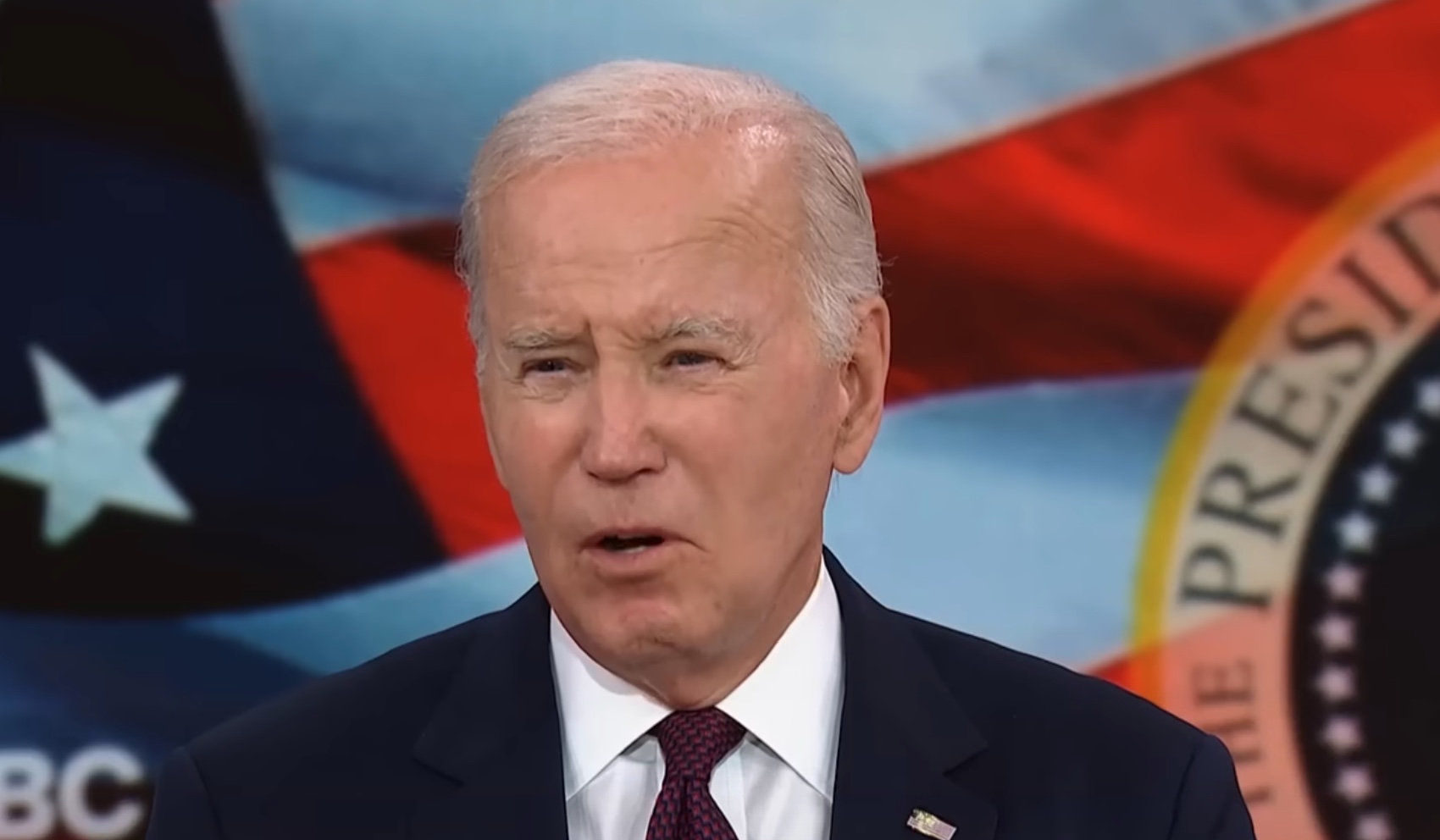Biden’s grand EV plan flatlines

Youtube
President Biden has set a goal of installing 500,000 public electric vehicle chargers by 2030 as part of his climate agenda. However, few states have obligated funds from the $5 billion EV infrastructure program.
1.2 million chargers

Youtube
Experts say 1.2 million chargers will be needed by 2030 to meet climate goals, far more than the current 175,000.
623 million

Youtube
Grants of $623 million were awarded but will fund only 47 charging projects and 7,500 ports. Critics argue the planned 500,000 chargers won’t be enough.
High prices

Youtube
High prices, limited range and lack of charging stations deter many from buying EVs currently.
Gas vehicles

Youtube
A poll found four in 10 adults may consider EVs but gas vehicles remain very popular, with only 8% owning or leasing an EV currently.
EV acceptance

pixabay
Meeting tougher emissions standards will require much wider EV acceptance, but consumer resistance remains a challenge despite tax credits.
Electric vehicle industry

Youtube
The electric vehicle industry, while experiencing rapid growth and technological innovation, is not without its challenges. From infrastructure limitations to market barriers, the industry faces a multitude of hurdles that impact its widespread adoption and long-term viability. Understanding these struggles is crucial in charting a path forward for the EV sector and realizing its potential as a transformative force in the automotive industry and sustainable development.
Challenges

Youtube
One of the primary challenges facing the EV industry is the need for a robust and widespread charging infrastructure. While progress has been made in expanding charging networks, the availability of fast chargers and the convenience of charging locations remain areas of concern, impacting consumer confidence and adoption.
Increased demand

pixabay
The increased demand for electricity to power EVs raises questions about the capacity of existing electrical grids to handle the additional load. Addressing grid capacity issues is pivotal to ensuring a seamless transition to an electrified transportation system without straining the power infrastructure.
Upfront cost

pixabay
The upfront cost of EVs, particularly in comparison to traditional internal combustion engine vehicles, remains a significant barrier to widespread adoption. While advancements in battery technology have led to cost reductions, further efforts are needed to make EVs more accessible to a broader consumer base.
Concerns

pixabay
Concerns about the driving range of EVs, commonly referred to as “range anxiety,” persist among consumers. The need to enhance battery range and charging efficiency is imperative in overcoming this psychological barrier to EV adoption.
Availability

pixabay
The availability of government incentives and subsidies has played a crucial role in bolstering the EV market. However, the inconsistency and fluctuation of these policies create uncertainty for manufacturers and consumers, impacting investment decisions and purchasing behavior.
Opportunities and challenges

pixabay
The evolving regulatory landscape, including emission standards and vehicle electrification targets, presents both opportunities and challenges for the EV industry. Striking a balance between ambitious environmental objectives and industry feasibility is essential in shaping effective regulations.
Limited

pixabay
The reliance on a limited number of suppliers for critical components, such as lithium-ion batteries, exposes the EV industry to supply chain vulnerabilities. Diversifying the battery supply chain and investing in domestic production capacities are essential for ensuring resilience and mitigating risks.
Sustainable

pixabay
The sustainable and ethical sourcing of raw materials for EV components, including rare earth elements and lithium, presents ethical and environmental challenges. Developing transparent and responsible sourcing practices is imperative for the long-term sustainability of the EV industry.
Struggles

pixabay
The struggles facing the electric vehicle industry are multifaceted and require a comprehensive approach to address. From infrastructure enhancements to policy stability and supply chain resilience, navigating these challenges demands concerted efforts from industry stakeholders, policymakers, and innovators.

